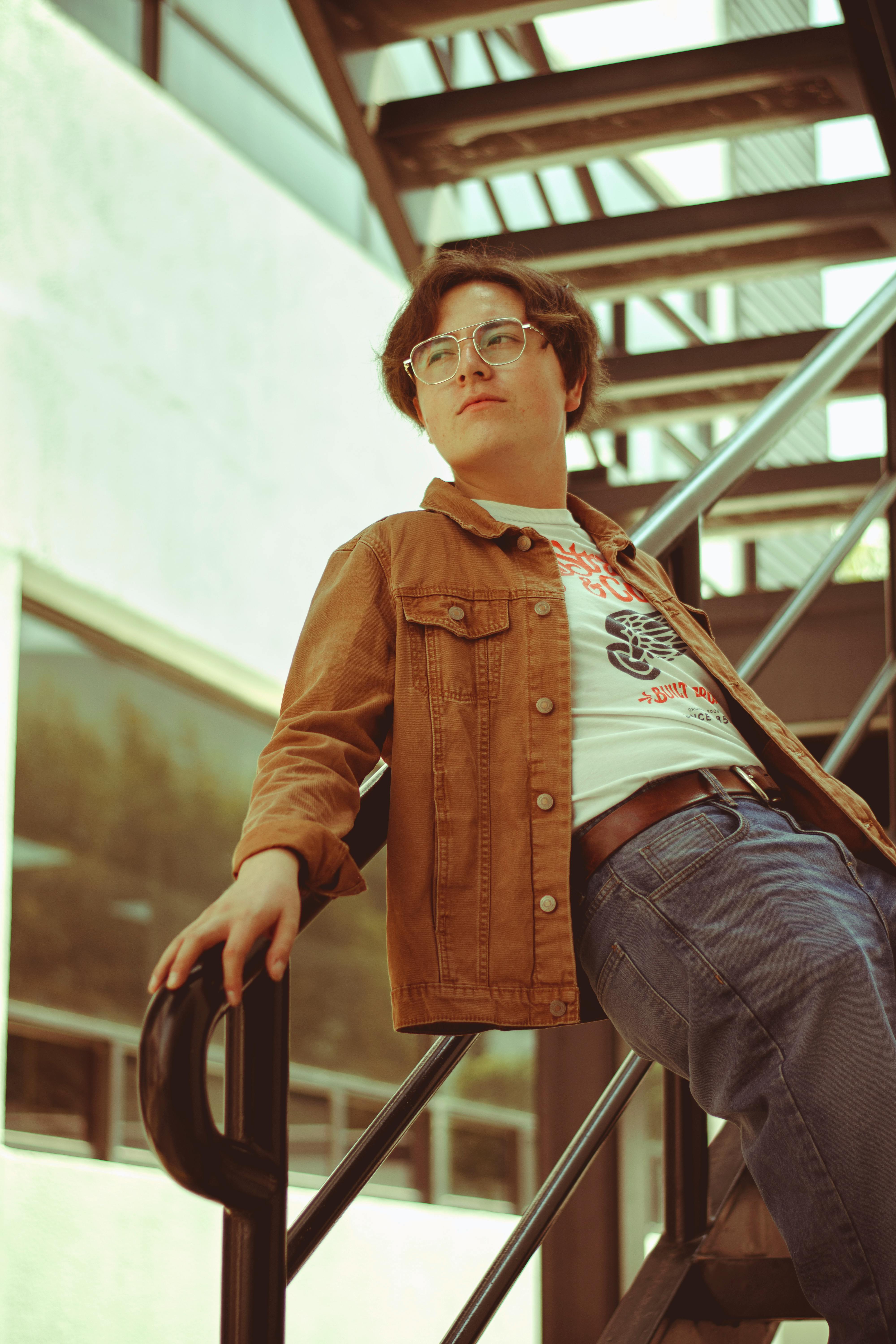AI-Generated Content
This article has been created using advanced AI technology to provide you with informative and engaging content.
AI-Curated Resources:
There's a certain visual that often catches the eye, a particular kind of polish that some individuals choose to present. You might have seen it on screens, in performances, or perhaps in the pages of a fitness publication. It's that distinctive sheen, a look that suggests a deliberate application of something to the skin, making it appear smooth and, well, rather radiant. This specific presentation, where skin has been treated to achieve a lustrous quality, has been a part of various scenes for quite some time, really.
When someone is described as having been "oiled up," it simply means their skin has been given a coating, almost as if with a fine liquid. This practice, you know, involves putting a substance onto the body's surface, making it feel and appear different. It's a way of preparing the skin, giving it a particular finish that many find quite striking. The effect can be quite noticeable, altering how light plays across the body's contours, making everything seem a little more defined, a bit more pronounced, in a way.
This article will take a closer look at what it means for men to be "oiled up," exploring where this practice shows up and what it typically aims to achieve. We'll consider the visual impact, the reasons people choose this style, and some of the history behind it. It's a topic that, you know, has more layers than just a simple surface application, actually.
Table of Contents
- What Does It Mean to Be Oiled Up?
- Where Do We See This Look?
- Is There a Deeper Story to Oiled Up Men?
- How Does the Application Work for Oiled Up Men?
- What's the Cultural Connection to Oiled Up Men?
What Does It Mean to Be Oiled Up?
When we talk about someone being "oiled up," it points to a specific condition of the skin, one where it has been covered with a liquid substance, like a type of lubricant. This isn't just about being wet; it's about a deliberate coating that changes the surface quality. My text, for example, mentions that "oiled" means "lubricated, treated, or covered with or as if with oil." So, you know, it's about the act of applying something to the body. This application makes the skin appear slick, giving it a shiny, almost reflective quality. It's a conscious choice, often made for a particular effect, which we'll get into a little later. The skin, instead of appearing rough or dry, looks incredibly smooth and, well, quite polished, in some respects.
The process involves putting oil on something, typically the body, to achieve this distinct appearance. It’s a method of preparation, turning a normal skin surface into something that catches the light differently. Think about it: a piece of wood, say a walnut table, when "oiled," takes on a richer, deeper tone and a smoother feel. Similarly, skin, when treated in this way, gains a certain visual depth and a heightened sense of definition. It's almost as if the surface becomes a bit more alive, reflecting its surroundings. This is what's meant by skin being "smeared with or as if with oil," giving it that unique, almost wet look, you know.
The Visual Presence of Oiled Up Men
The most immediate thing you notice about "oiled up men" is, naturally, the way their bodies reflect light. The skin appears incredibly smooth, almost like a mirror, giving off a distinct gleam. This visual effect, you know, tends to highlight the body's contours and muscle definition in a very striking way. When light hits a surface that's been "slicked" or "greased," it doesn't scatter; instead, it bounces off evenly, making everything look more pronounced and shapely. It's a technique that truly draws attention to the physical form, making it stand out.
This look, where the skin is "lubricated" or "slick," makes the surface seem incredibly uniform and without blemish. Any small imperfections tend to disappear under the even coating, leaving a surface that appears quite flawless. It's a way of presenting the body that emphasizes its strength and sculpted nature. You might compare it, in a way, to how a photographer uses lighting to make a subject pop; the oil acts as a kind of liquid light, enhancing the visual impact of "oiled up men." It really changes the whole picture, basically.
Where Do We See This Look?
The sight of a person with "oiled up" skin isn't something new; it has appeared in various settings across different cultures and activities. You might encounter it in the world of competitive sports, particularly those that focus on physical display. Think of bodybuilders on stage, for instance, where every muscle needs to be clearly visible under bright lights. This application helps achieve that level of clarity, making each flex and pose incredibly distinct. It's a visual choice that serves a very specific purpose in these contexts, really.
Beyond competitive arenas, this polished appearance also shows up in entertainment and artistic performances. From dance to theatrical productions, or even in certain types of photography and film, the "oiled up" look can be used to create a particular aesthetic or to convey a certain feeling. It adds a layer of visual drama, making the performers or subjects appear more statuesque or, perhaps, more ethereal. It's a deliberate effect, you know, designed to capture attention and communicate something visually, often related to strength or beauty. So, it's not just for competition, it's for show, too, it's almost.
The Purpose Behind Oiled Up Men
The reasons for "oiling up men" are quite varied, but they often revolve around visual enhancement and performance. For those in physical competitions, the main goal is usually to make muscle definition stand out as much as possible. The oil creates a sheen that catches stage lights, which helps to accentuate every curve and ripple of the muscles, making them appear larger and more defined. Without this coating, muscles might look flatter or less impressive under the harsh glare. It's a tool, basically, to present the body in its most striking form, so.
In other settings, the purpose might be more about aesthetics or creating a specific mood. For performers, the slick surface can add to the dramatic effect, making movements seem more fluid or powerful. It can also be about creating a sense of heightened reality or an idealized image. The skin, being "slicked" and "slippery," almost takes on a different texture, one that is often associated with strength, health, or even a kind of primal beauty. It’s about crafting an image, you know, a very specific kind of visual statement that aims to impress or evoke a feeling. This deliberate choice for "oiled up men" serves a strong visual purpose, that is that.
Is There a Deeper Story to Oiled Up Men?
While the immediate visual impact of "oiled up men" is undeniable, it's fair to wonder if there's more to this practice than just looking shiny. Is it simply about aesthetics, or does it carry other meanings or implications? For some, the act of applying oil might be part of a ritual, a way of preparing the body and mind for a performance or competition. It could be a moment of focus, a chance to connect with one's physical self before stepping into the spotlight. This kind of preparation can be quite personal, actually, a quiet moment before the public display, you know.
Moreover, the practice might also reflect broader cultural ideas about the body, strength, and presentation. In many societies, a well-defined physique is admired, and the "oiled up" look takes that admiration to another level, almost exaggerating it for effect. It's a way of celebrating the human form, showcasing the results of hard work and dedication. It's not just about being "greased"; it's about the statement that greased, sculpted body makes. This can be seen as a form of self-expression, a way for individuals to present their physical achievements in a very clear and undeniable manner, so.
How Does the Application Work for Oiled Up Men?
The process of getting "oiled up" is fairly straightforward, though the choice of substance and method can vary. Generally, it involves applying a liquid, often a mineral oil or a specific body-shining product, directly onto the skin. This substance is then spread evenly across the body, making sure to cover all the areas that need to appear shiny. The goal is to get the skin "lubricated" without it feeling too heavy or sticky. It's a delicate balance, you know, between achieving that desired sheen and keeping the skin comfortable, pretty much.
The way the oil is put on can make a difference. Some people might use their hands to rub it in, ensuring even coverage and warmth. Others might use a sponge or a mitt for a smoother, more uniform application. The amount used is also important; too little, and the effect won't be noticeable; too much, and the person might appear overly greasy or even messy. The idea is to have the skin "treated or covered with oil" just enough to create that reflective surface, making the body seem "slick" and polished, almost like a piece of art. It’s a very specific technique, that is that.
Different Effects on Oiled Up Men
The kind of oil used and how it's applied can lead to slightly different visual outcomes for "oiled up men." Some oils might give a very wet, almost dripping appearance, while others create a more subtle, satiny glow. The thickness of the oil, its absorption rate, and even the individual's skin type can influence the final look. For instance, a lighter oil might give a more natural sheen, while a heavier one could produce a more dramatic, high-gloss finish. It's a matter of preference and what the specific context calls for, you know, in a way.
Beyond just the shine, the oil can also make the skin appear smoother and more uniform in tone. It can hide minor imperfections and make the overall surface look more consistent. This helps to create an illusion of perfection, making the body seem more sculpted and refined. The contrast with what the skin would look like without oil—perhaps "dry" or "roughened"—is quite striking. It truly transforms the surface, making "oiled up men" stand out visually. So, it's not just about being shiny, it's about creating a smooth, even surface that enhances the body's natural form, basically.
What's the Cultural Connection to Oiled Up Men?
The practice of "oiling up" has roots in various cultural practices, some ancient, some more modern. Historically, oils were used for many purposes, from ritualistic anointing to practical skin care in hot climates. In some traditions, applying oil to the body was a sign of respect, a way of preparing for important events, or even a method for promoting health and well-being. These practices, you know, weren't necessarily about creating a "slick" look for display, but they established a connection between oil and the body's care or presentation, pretty much.
In more recent times, the association of "oiled up men" with physical prowess and beauty has become quite strong, particularly in Western cultures. This look is often celebrated in media that focuses on fitness, sports, and certain forms of entertainment. It ties into broader ideals of masculinity, strength, and physical perfection that are often highlighted in these spheres. It's a visual language, in a way, that communicates dedication to physical training and a desire to present the body in its most impressive form. This cultural connection, actually, helps explain why this look continues to be so prevalent in certain areas, so.
The idea of a body being "treated or covered with oil" to enhance its appearance isn't limited to specific subcultures; it has, over time, become a recognizable symbol in popular culture. From action films to fashion photography, the "oiled up" aesthetic is used to convey power, allure, or an almost superhuman quality. It's a visual shorthand, you know, that immediately tells the viewer something about the character or subject being presented. This pervasive presence suggests that, while perhaps not universally adopted, the visual impact of "oiled up men" resonates with many people, reflecting a shared appreciation for the sculpted human form, in some respects.
This article has explored the concept of "oiled up men," looking at what the term means, how it's achieved, and where this visual style typically appears. We've considered the powerful visual effect of a "lubricated" or "slicked" body, which helps to highlight muscle definition and create a polished appearance. We also touched upon the various reasons for this practice, from competitive advantage in sports to aesthetic choices in performance and art. The discussion also covered the application process itself and the different visual outcomes it can produce, along with some cultural connections that give this practice its ongoing relevance. It's clear that the deliberate application of oil to the skin serves multiple purposes, primarily centered around enhancing the body's presentation and making a strong visual statement.
AI-Enhanced Visual Content


